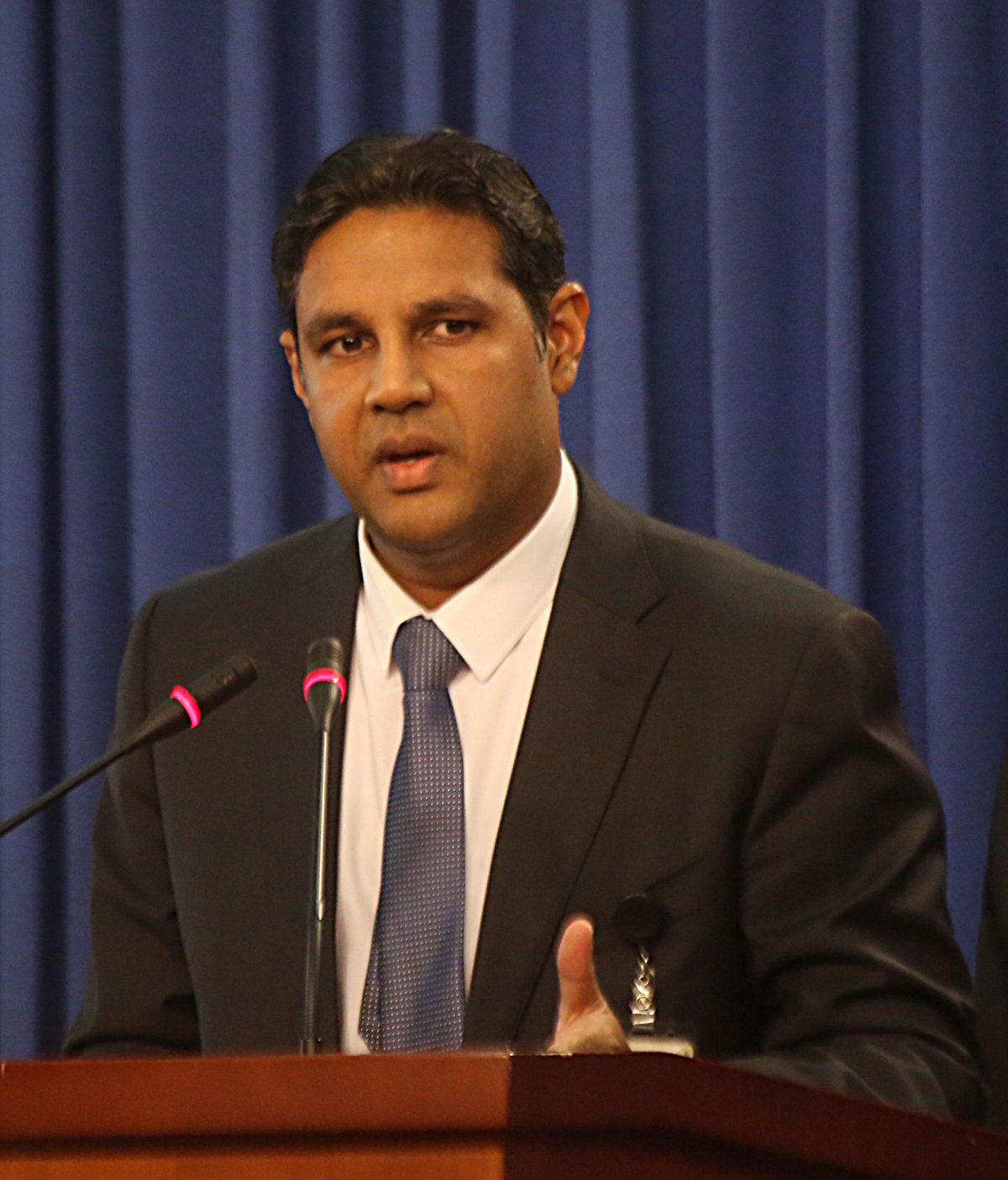(Trinidad Guardian) For the first time in three months, the Ministry of Health recorded no new COVID-19 infections in its daily update yesterday.
The last time the ministry did not record any new cases was on July 29, when the total number of cases in T&T stood at 156—a minute number when juxtaposed to where it stands now at 5,704.
The number of active cases also decreased yesterday after 124 people were released from the ministry’s care—six from public health facilities and 118 from home self-isolation as recovered community cases. These releases made it 4,887 people who have recovered from the infection locally.
Of the 708 active cases, 617 were in home self-isolation, 61 at hospital and 30 at step-down/transitional facilities. There were also 213 people in state quarantine facilities. The death toll remained at 109.
However, even while this news was relayed came information that a former COVID-19 patient from North Trinidad who tested positive in August had tested positive a second time last week after being exposed to someone who had the virus at work.
Guardian Media understands that the person, who is in his 20s, first tested positive during the third week of August. The patient had mild symptoms which persisted and one month later was still positive. The patient tested negative during the second week of October and resumed work the following week, despite having very mild and lingering symptoms.
Shortly after returning to work, however, the establishment was forced to close for sanitisation after several employees contracted the virus. The patient was in contact with some of these positive employees and when his previously mild and intermittent symptoms worsened last week, he presented for testing which returned positive.
COVID-19 reinfection has been known to occur in other countries, although it’s considered a rare occurrence. But it’s difficult to determine if this case is such an instance.
In response to questions about this during the Ministry of Health’s virtual press conference yesterday, Chief Medical Officer Dr Roshan Parasram noted that “being able to tell whether it is reinfection at this point in Trinidad and Tobago may not be possible in terms of testing.”
“The University of the West Indies is trying to do some typing of the various types of the virus that we have. When they are able to do that and we are able to do that in real-time, we’ll be in a better position to see if there is possible reinfection,” Parasram said.
He said he believed it was still too early in the trajectory of the virus to determine whether you can be reinfected with the same strain twice. Parasram noted that there have been several instances where a formerly positive person tested positive months after being discharged by receiving two negative tests. This, he explained, was because of remnant viral particles in the person’s system either through “late viral shedding or reactivation to an extent”.
Parasram acknowledged there was only one instance in his knowledge where such a situation occurred.
“There is at least one individual that I am aware of that would have been symptom-free, gone through hospitalisation—this was in the early phase when we actually had a double negative as discharge criteria—and that individual developed mild symptoms a couple of weeks later. I think it was a cough if I remember right,” he said.
Internal medicine specialist and host of CNC3’s Ask the Doctor programme, Dr Joel Teelucksingh agreed with Parasram that it was difficult to tell if this was an instance of a “true reinfection” without genetic testing.
“It would be hard at this point if this case represented a true reinfection or not as usually they would need specific screening, tests on the viruses for both his first infection as well as the subsequent infection,” Teelucksingh said.
However, he said if it is a case of reinfection occurring locally, it should reinforce the importance of adhering to the safety protocols.





